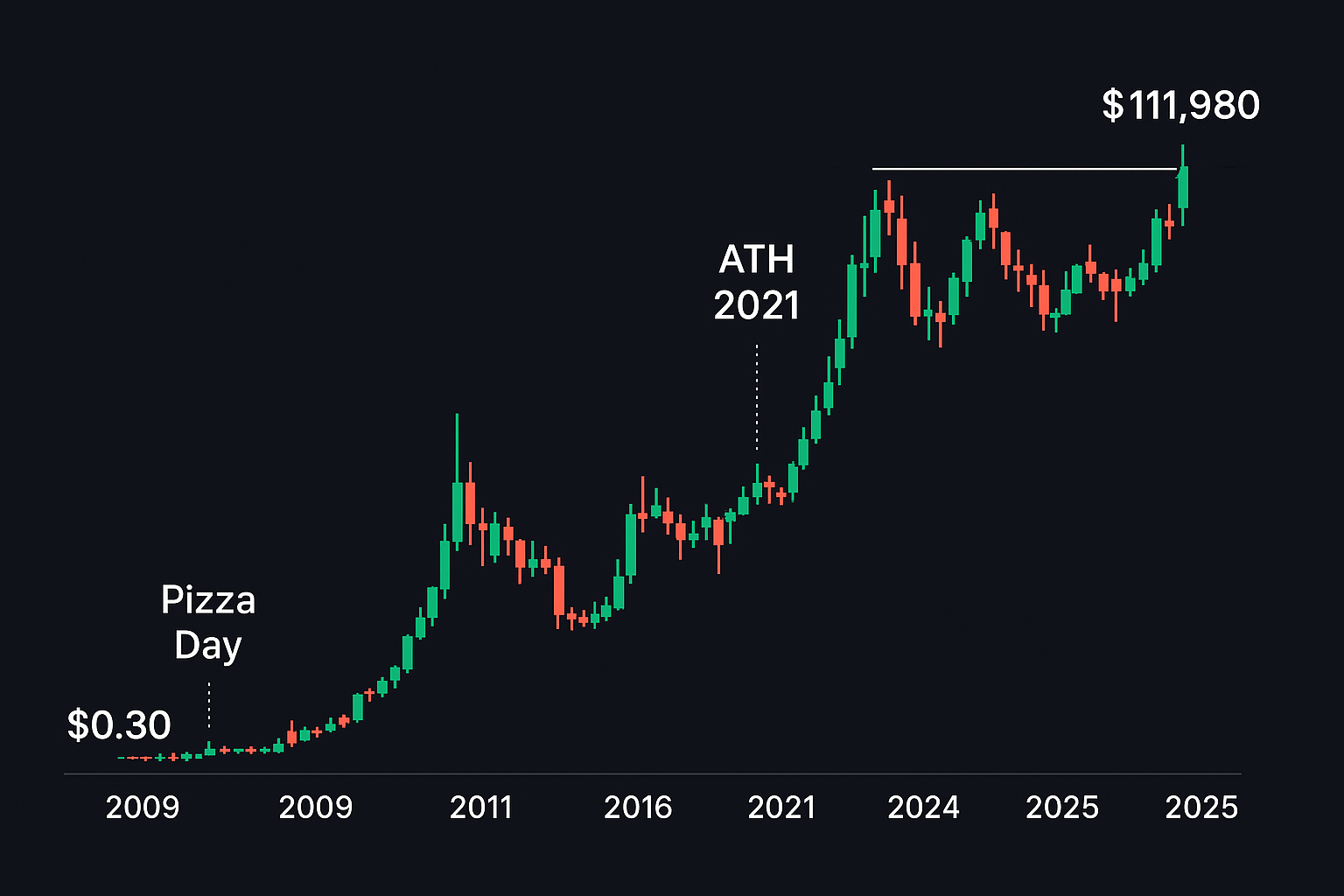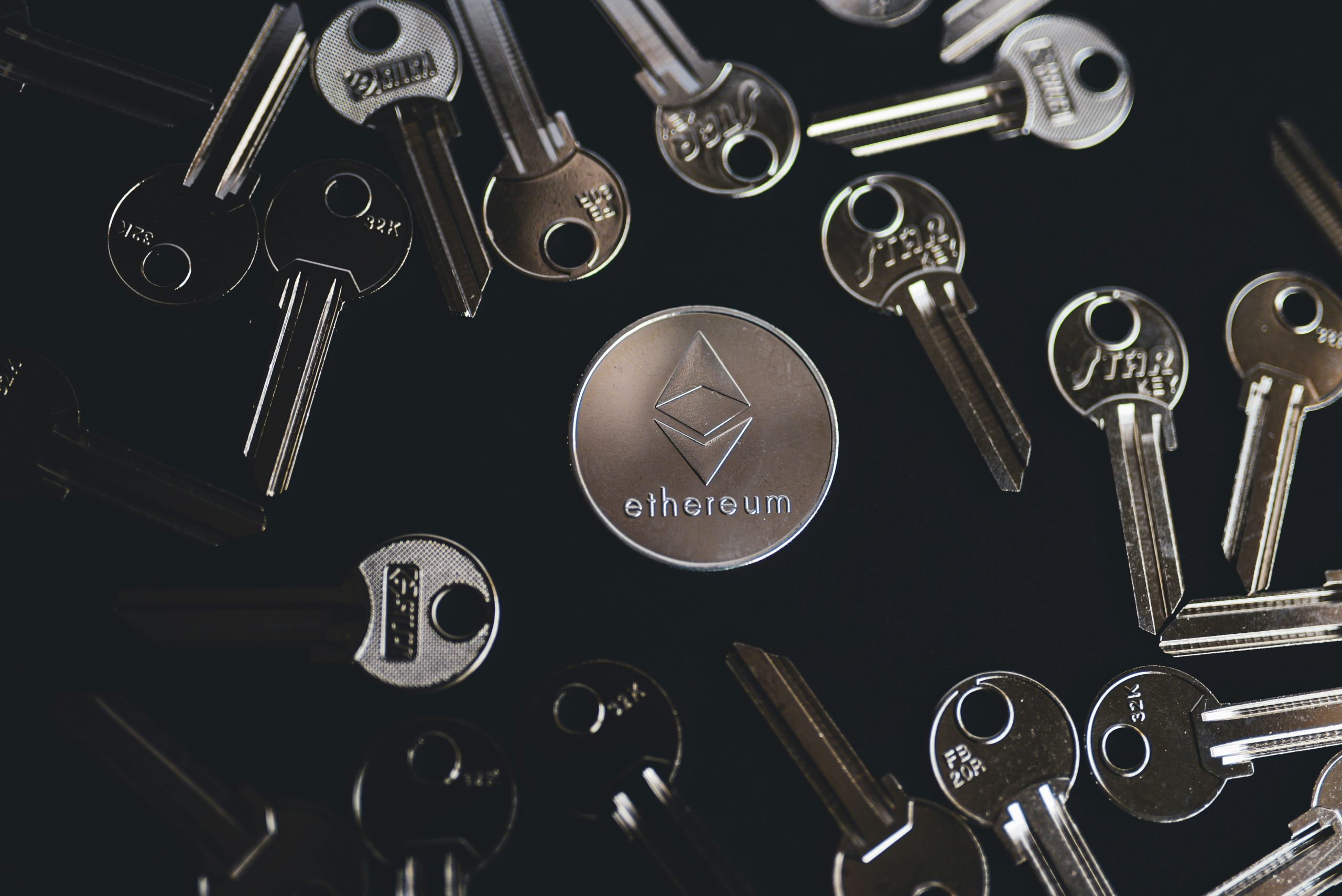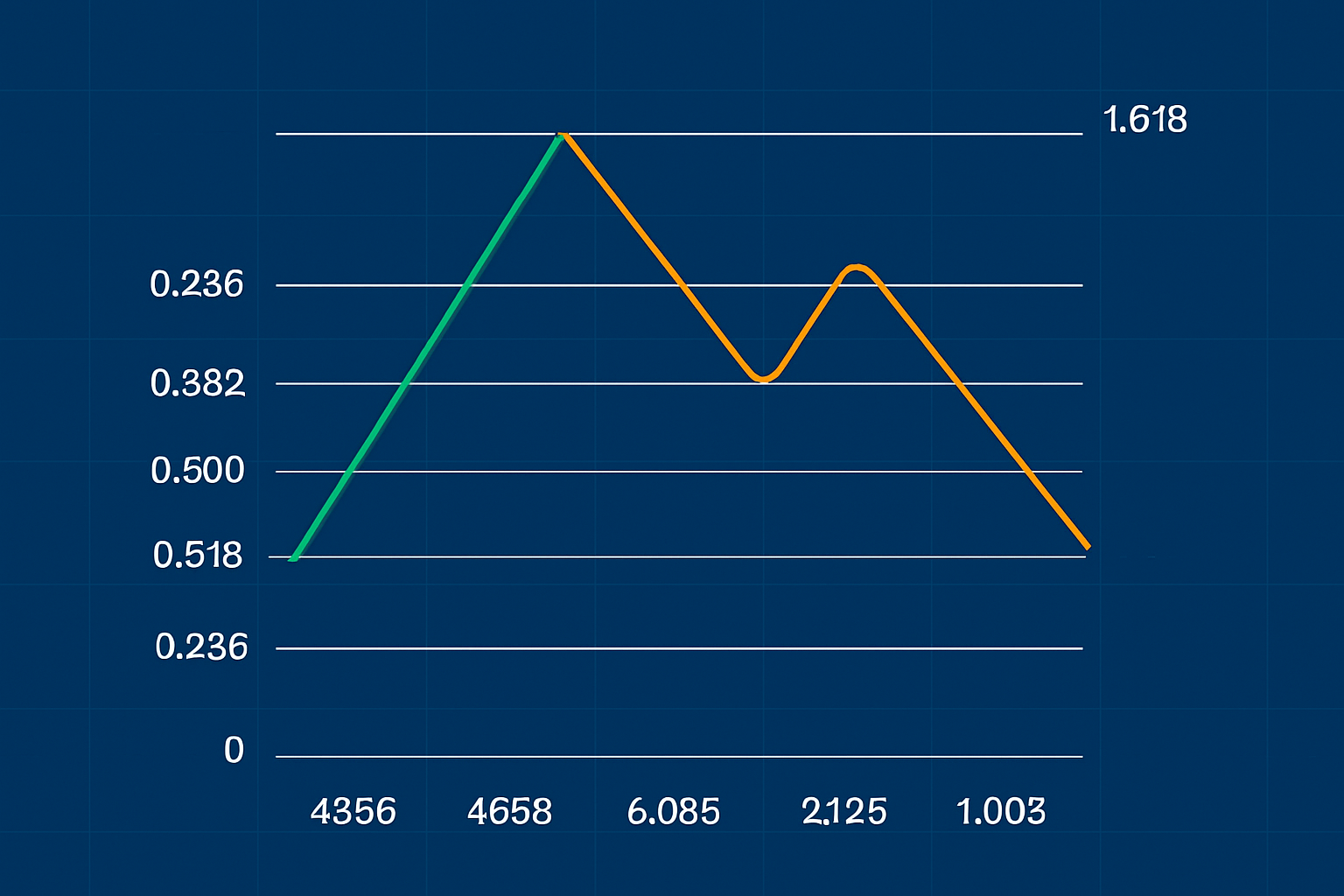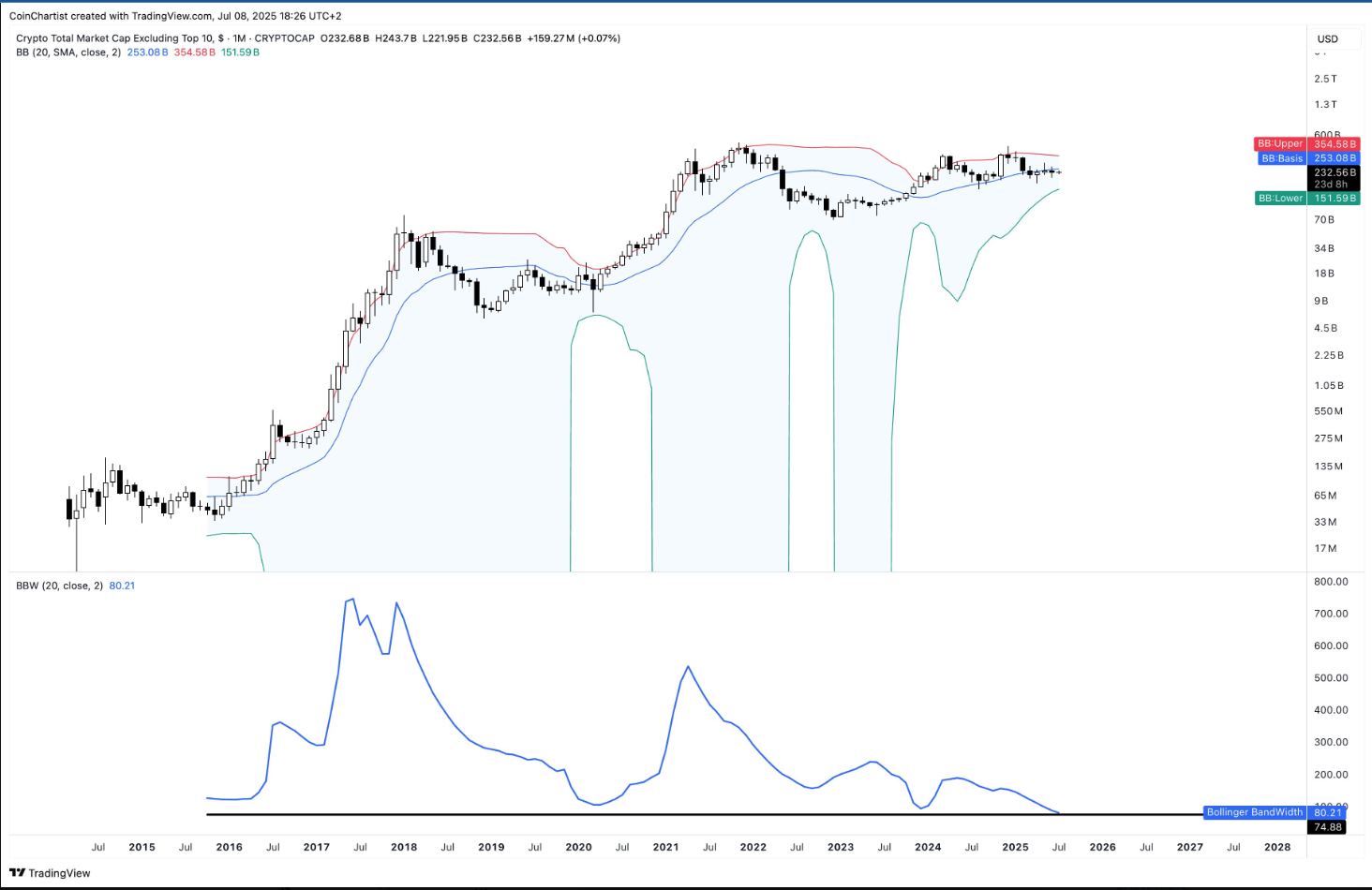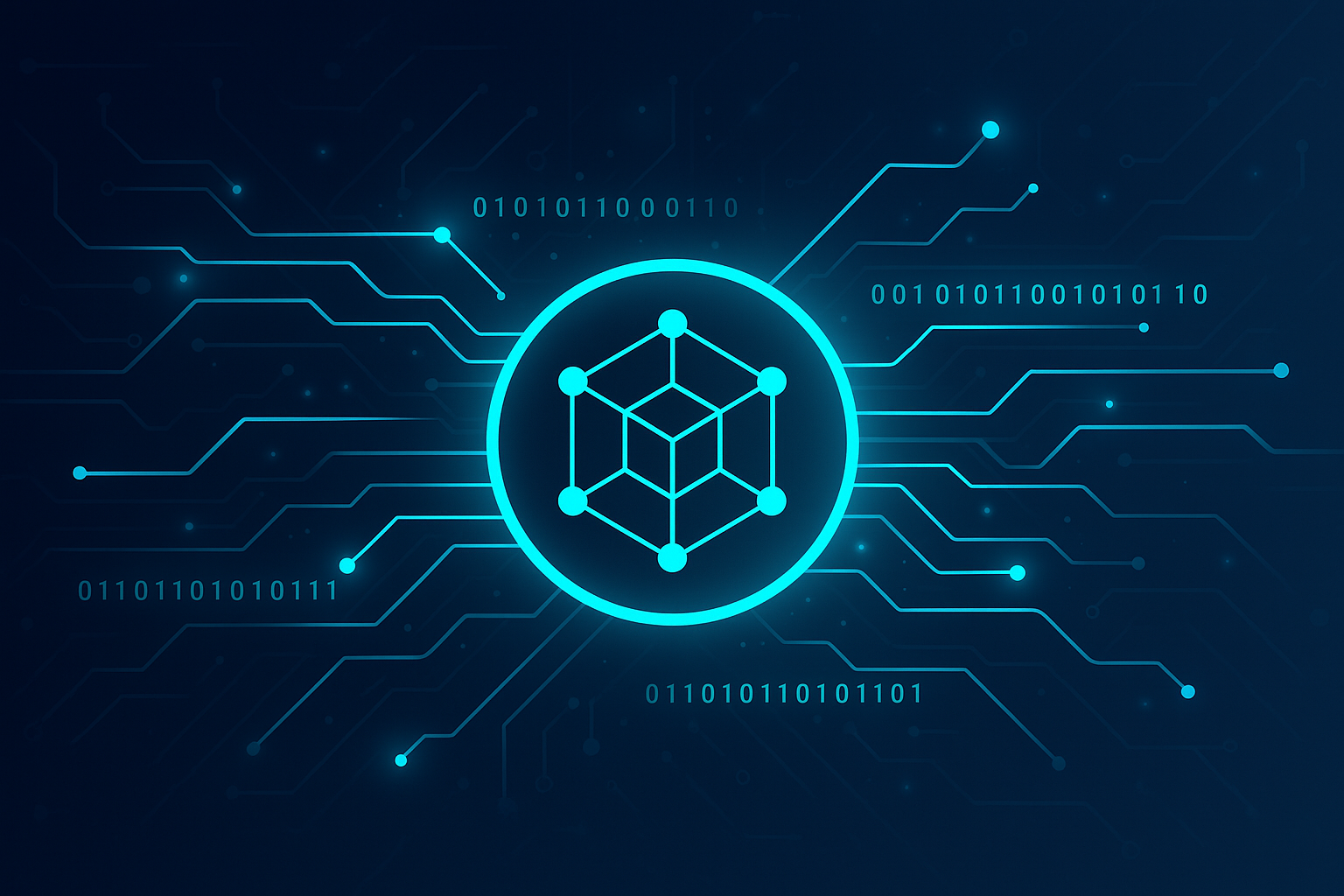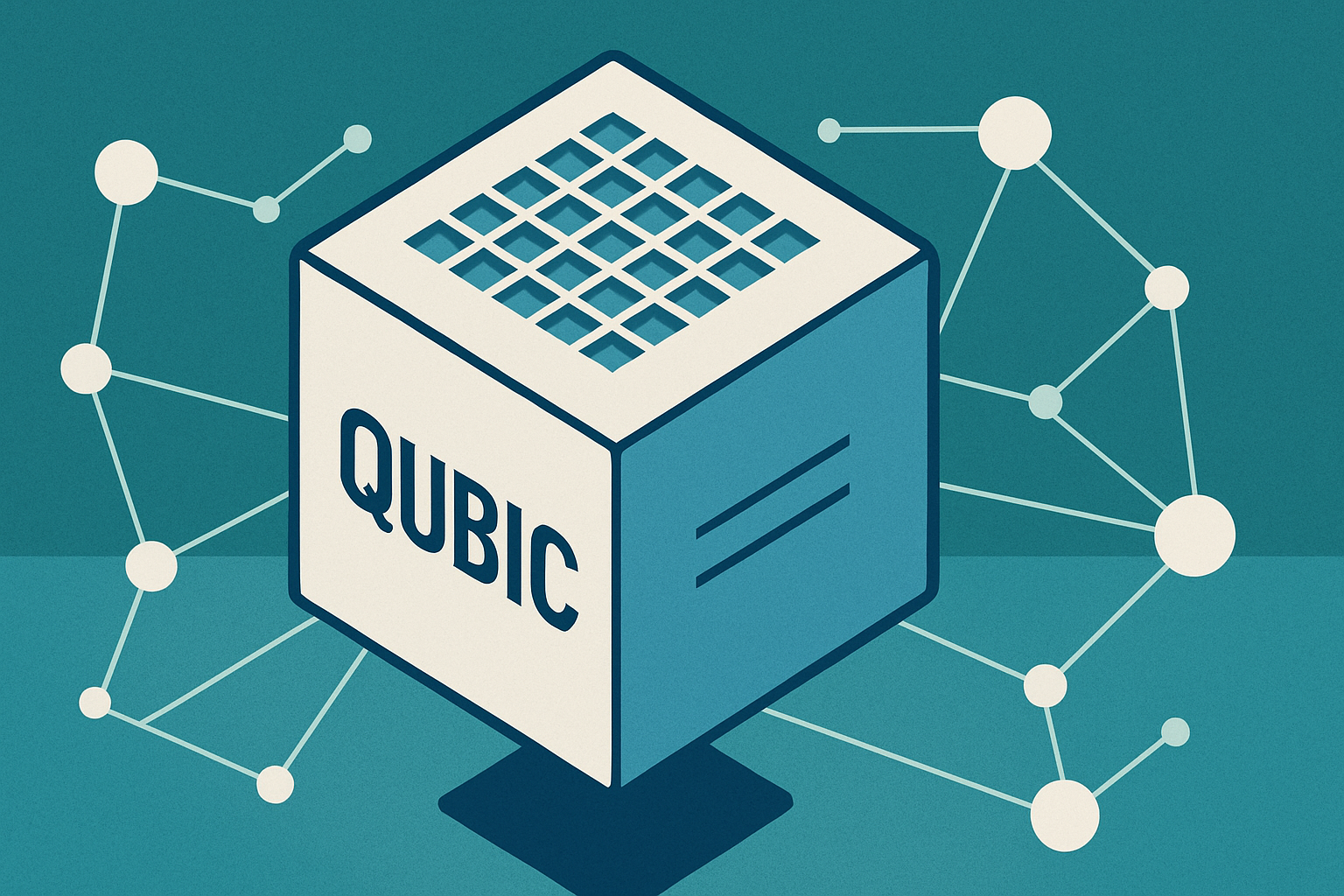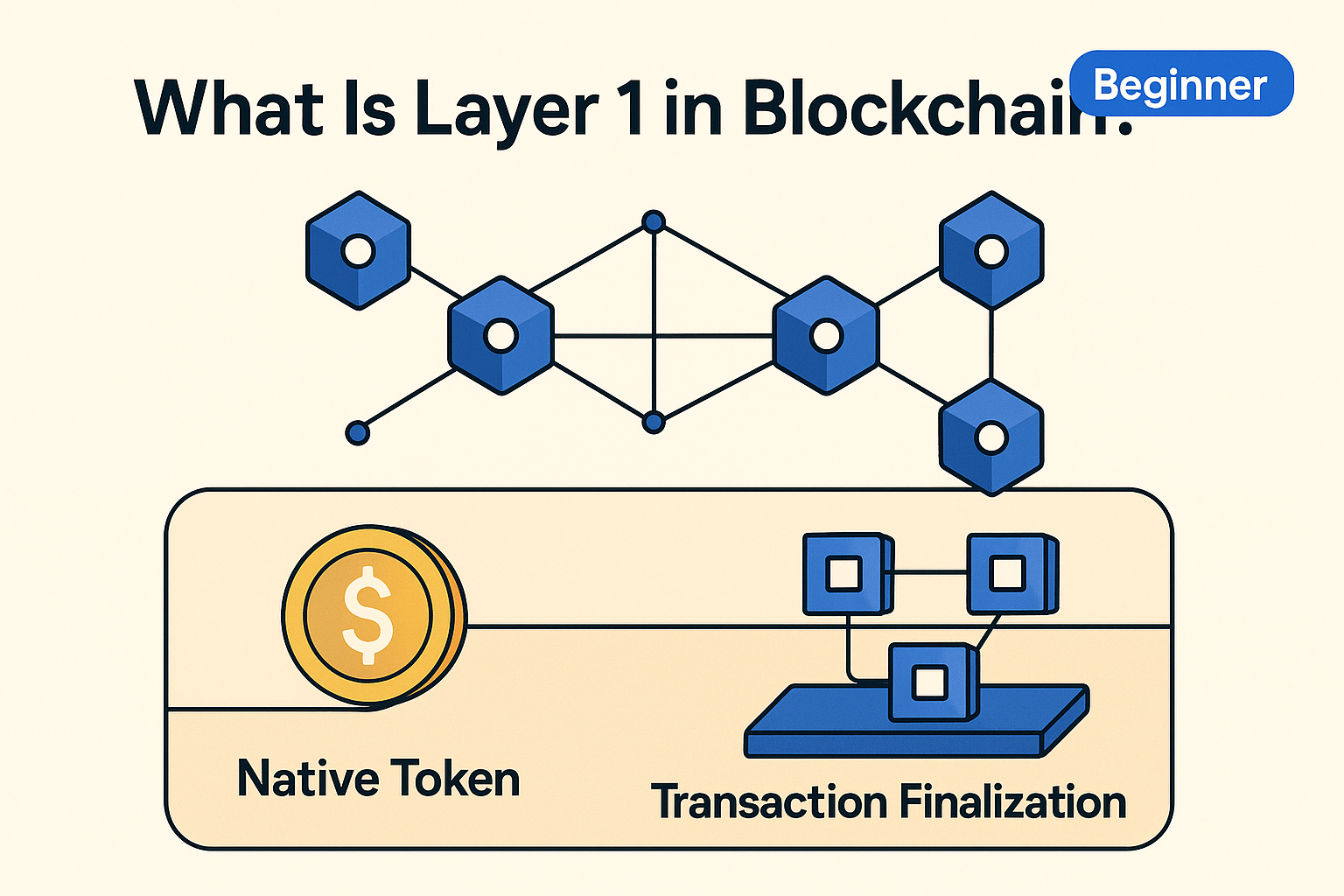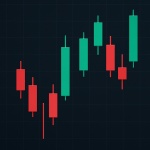Key Takeaways
-
Layer 1 blockchains are foundational networks like Bitcoin, Ethereum, and BNB Chain that operate independently.
-
These networks process and confirm transactions without relying on external chains.
-
Improving scalability at this level is complex and often controversial, sometimes resulting in network splits.
-
Layer 2 solutions such as Bitcoin’s Lightning Network are developed to enhance Layer 1 performance by offloading transaction volume.
-
Examples of Layer 1 blockchains include Elrond, Harmony, Celo, THORChain, Kava, and IoTeX.
Introduction
Understanding blockchain infrastructure starts with learning about Layer 1. This foundational concept refers to the core networks upon which everything else is built. If you’ve been curious about the relationships between Ethereum and Polygon, or Polkadot and its parachains, then grasping the differences between Layer 1 and Layer 2 is essential.
How It Works
A Layer 1 blockchain is a standalone, base-level network that manages its own consensus, transactions, and data. This includes networks like Bitcoin (BTC), Ethereum (ETH), Solana (SOL), and BNB Chain (BNB). These blockchains can confirm and record transactions directly on their own ledgers without support from another network.
They also have their native tokens, which are used to pay for transaction fees, secure the network, and incentivize participation.
However, one major challenge Layer 1s face is scalability. High traffic can slow down the system and increase transaction costs. Some approaches to solving this include:
-
Increasing block size
-
Upgrading consensus mechanisms (e.g., moving from Proof of Work to Proof of Stake)
-
Implementing sharding (dividing the network to process in parallel)
Key Features
-
Autonomy: Layer 1 blockchains validate transactions on their own without external assistance.
-
Native Tokens: Every Layer 1 has its own token used for network operations.
-
Scalability Solutions: Many Layer 1s implement innovations like sharding and upgraded consensus algorithms to handle more transactions.
-
Security: They are typically more secure because they maintain full decentralization.
-
Foundation for Layer 2: Layer 1s act as the security base for Layer 2 solutions that build on top of them.
Use Cases
Here’s how Layer 1s power real-world applications:
-
Elrond (MultiversX): Uses adaptive state sharding to scale up to 100,000+ TPS. Great for DeFi, NFTs, and apps needing high throughput.
elrond.com -
Harmony: Implements sharding and cross-chain bridges to Ethereum and Bitcoin, supporting DAO and NFT tools.
harmony.one -
Celo: Optimized for mobile-first blockchain experiences using phone numbers as wallet addresses, and supports stablecoins like cUSD and cEUR.
celo.org -
THORChain: Enables decentralized cross-chain swaps without wrapping assets, acting like a multi-chain Uniswap.
thorchain.org -
Kava: Built on Cosmos SDK, merges EVM and Cosmos into a co-chain architecture for seamless DApp development.
kava.io -
IoTeX: Combines blockchain and IoT, empowering users to control and monetize their own data using hardware devices like Ucam and Pebble Tracker.
iotex.io
Native Token Utility
Each Layer 1 blockchain uses a native token for:
-
Paying network transaction fees
-
Staking to secure the chain (PoS systems)
-
Governance (voting on network upgrades or parameters)
-
Incentivizing validators and delegators
Examples:
-
EGLD (Elrond)
-
ONE (Harmony)
-
CELO (Celo)
-
RUNE (THORChain)
-
KAVA (Kava)
-
IOTX (IoTeX)
Closing Thoughts
Layer 1 blockchains form the backbone of the entire crypto and Web3 ecosystem. As foundational networks, they ensure decentralization, security, and transparency. However, their limited scalability has led to the rise of Layer 2 solutions. Understanding the roles and strengths of each Layer 1 helps users and developers make informed decisions when building or investing in blockchain technologies.
As more people enter the decentralized world, innovations in Layer 1s — like sharding, co-chains, and improved consensus mechanisms — will continue to shape the future of blockchain.



